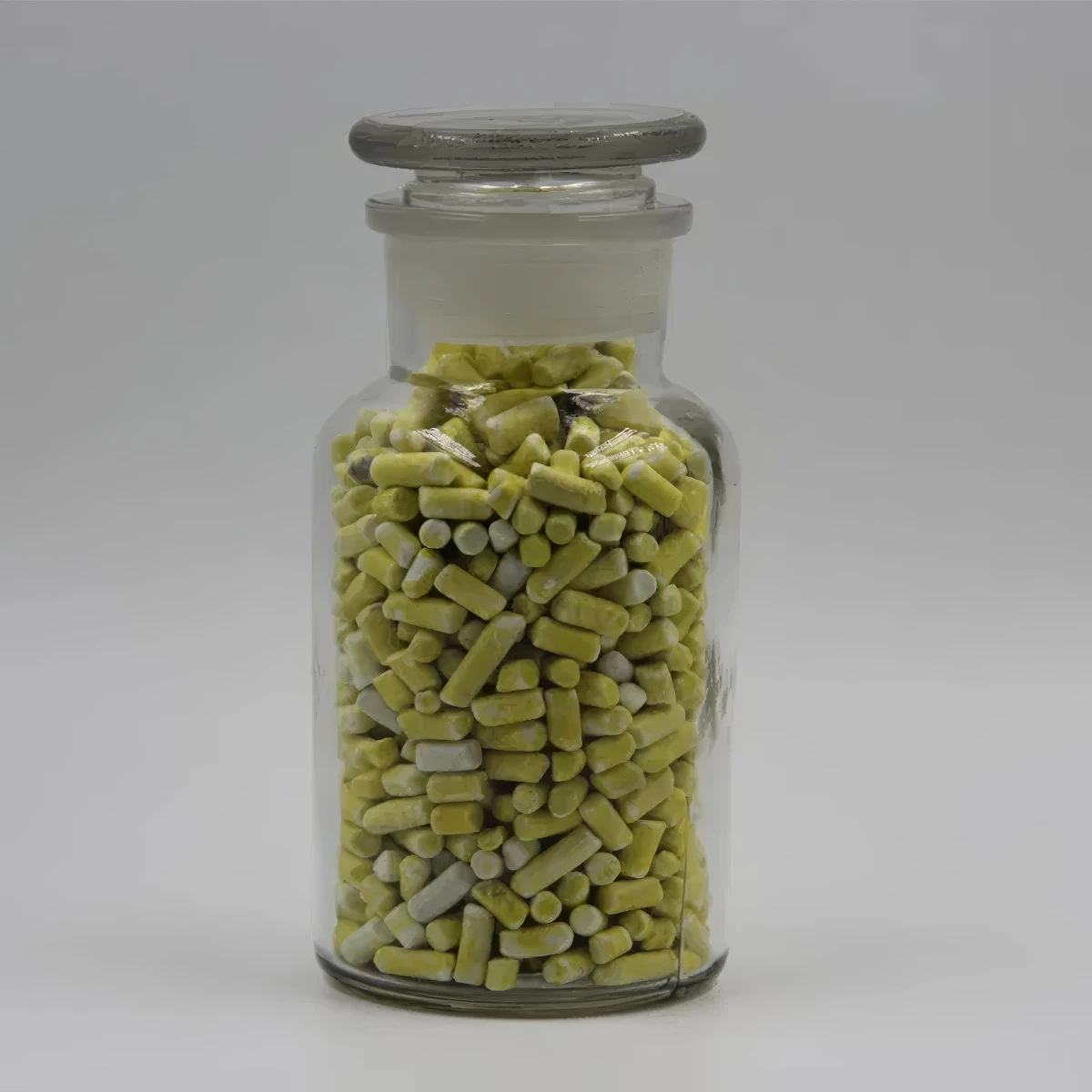



50 naoh msds
Understanding the Safety Data Sheet (SDS) for 50% Sodium Hydroxide (NaOH)
Sodium hydroxide, commonly known as lye or caustic soda, is a highly versatile chemical compound used in various industrial applications, including soap production, water treatment, and cleaning agents. A 50% solution of sodium hydroxide is particularly concentrated and requires careful handling. The Safety Data Sheet (SDS) for this substance outlines crucial information to ensure safe usage and handling.
The SDS for 50% NaOH provides detailed information organized into several sections. The first section highlights the chemical identity, including the CAS number (1310-73-2) and relevant synonyms. This information is essential for ensuring that users clearly understand the material they are working with.
.
Personal protective equipment (PPE) recommendations are outlined in the SDS. Users are advised to wear gloves, goggles, and appropriate protective clothing when handling 50% NaOH to prevent skin and eye contact. Additionally, using respiratory protection is recommended in poorly ventilated areas to minimize inhalation risks.
50 naoh msds

The SDS also provides guidance on safe storage and handling practices. Sodium hydroxide should be stored in a cool, dry, well-ventilated area, away from incompatible substances like acids, metals, and organic materials. Containers should be tightly closed and clearly labeled to prevent accidental misuse.
In the event of a spill or exposure, the SDS outlines emergency procedures. For spills, it is essential to neutralize the sodium hydroxide with an appropriate acid, such as vinegar or citric acid, before cleaning up the material. In case of skin contact, the affected area should be rinsed with plenty of water for at least 15 minutes, and medical attention should be sought immediately. For eye contact, flushing with water and seeking medical help is crucial.
Moreover, the SDS discusses the environmental impact of sodium hydroxide. It can cause significant harm to aquatic life and ecosystems if released into water bodies. Users must follow local regulations regarding disposal to mitigate environmental risks.
In conclusion, the Safety Data Sheet for 50% sodium hydroxide serves as a vital resource for anyone handling this corrosive substance. Understanding its hazards, recommended safety protocols, and emergency procedures is essential to ensure safety in the workplace. Proper training and adherence to the guidelines laid out in the SDS can significantly reduce risks associated with this powerful chemical, promoting a safer working environment for all involved.
-
Why Sodium Persulfate Is Everywhere NowNewsJul.07,2025
-
Why Polyacrylamide Is in High DemandNewsJul.07,2025
-
Understanding Paint Chemicals and Their ApplicationsNewsJul.07,2025
-
Smart Use Of Mining ChemicalsNewsJul.07,2025
-
Practical Uses of Potassium MonopersulfateNewsJul.07,2025
-
Agrochemicals In Real FarmingNewsJul.07,2025
-
Sodium Chlorite Hot UsesNewsJul.01,2025










